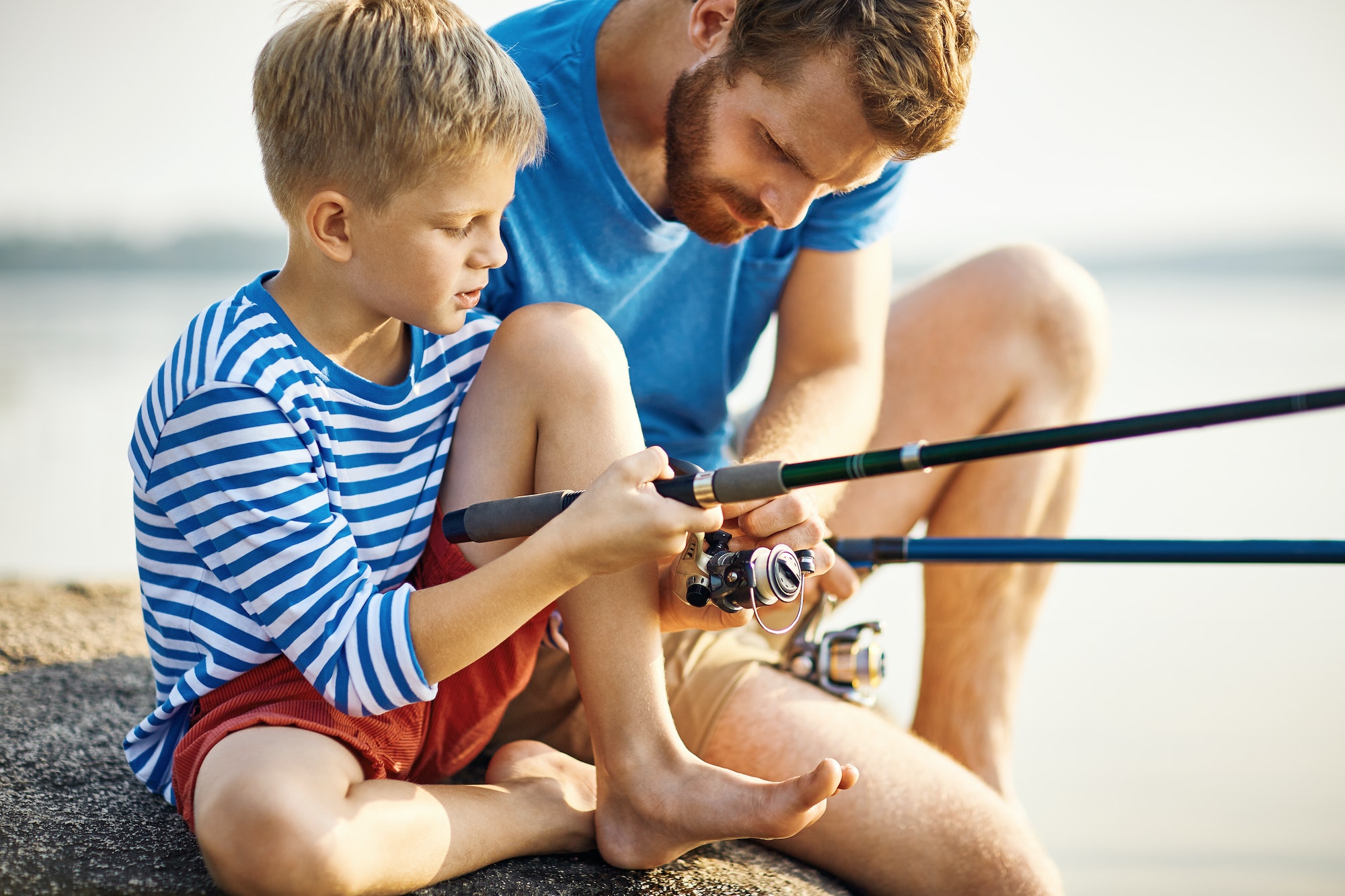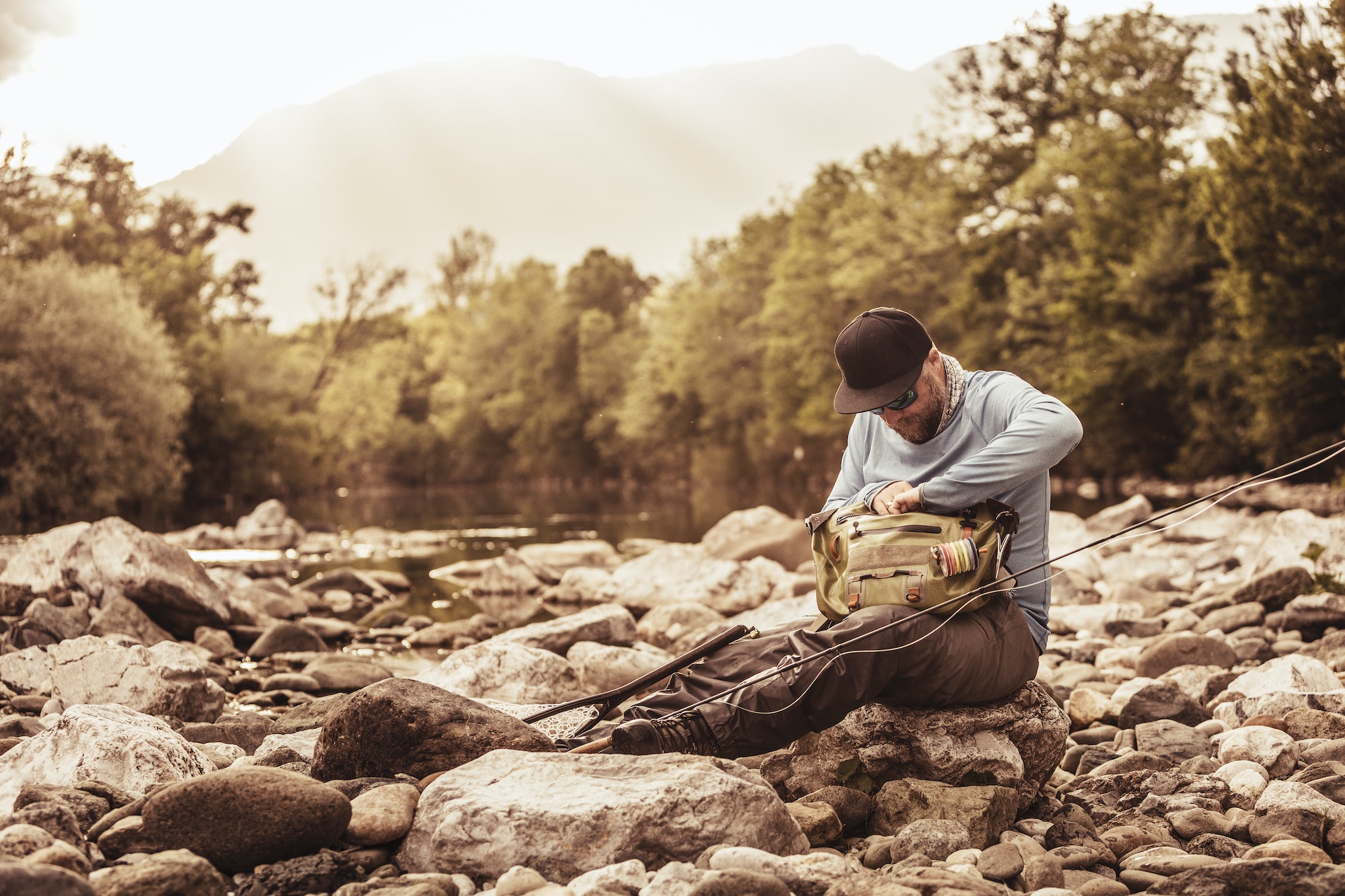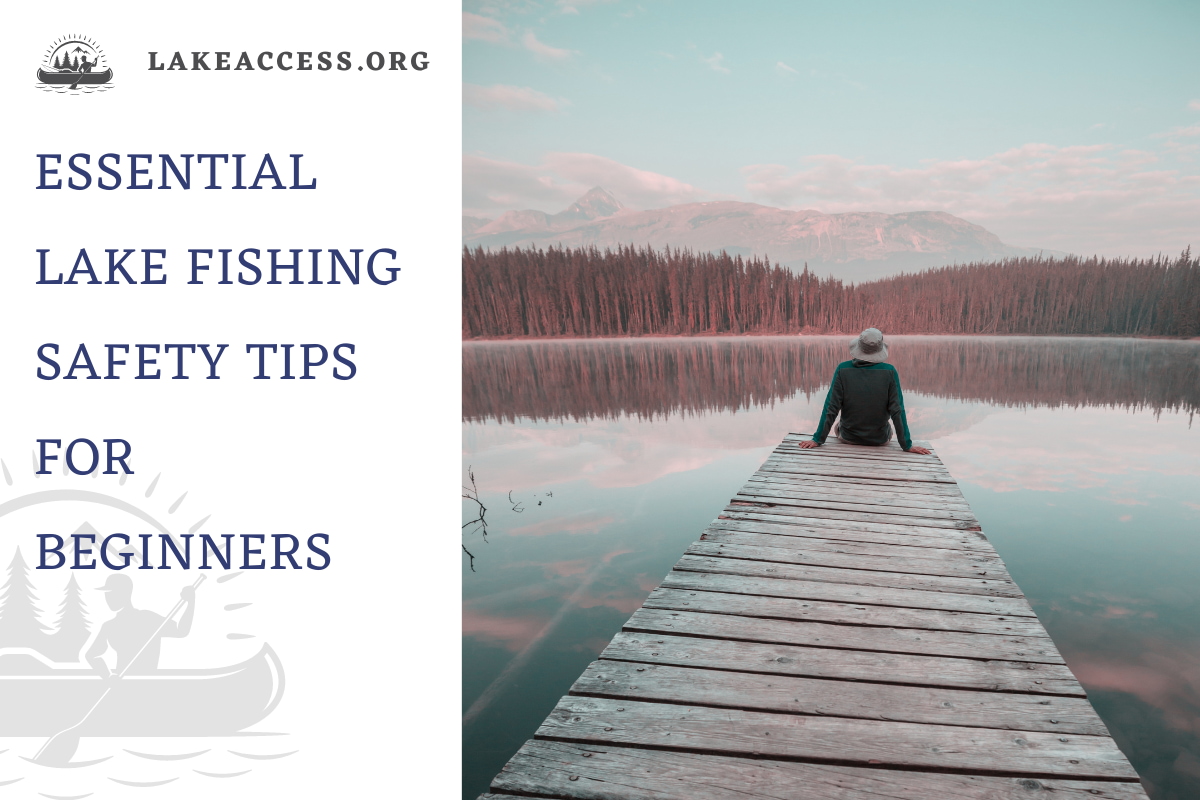Fishing on lakes can be a great way to relax and enjoy nature, but it is essential to take safety precautions to ensure everyone has a safe and enjoyable experience. Safety is critical when fishing on lakes due to the risk of drowning, hypothermia, and slips and falls. Wearing a life jacket can significantly reduce the risk of drowning, as most people who drown in boating accidents are not wearing one. It is also essential to wear protective clothing and sun protection to guard against hypothermia and overexposure to the sun. Following these safety measures can help ensure everyone will have a safe and enjoyable time fishing on lakes.
Safety tips for beginners when fishing on lakes
1. Wear a life vest
It is essential to wear a life vest when fishing on lakes, as it is a critical safety measure that can save lives in the event of an emergency. Life jackets provide buoyancy and help keep your head above water, even in rough waters. They also help to maintain body temperature and protect against hypothermia. Furthermore, boating laws require that each person aboard a boat 16 feet and longer must be equipped with a Coast Guard-approved personal flotation device. Furthermore, statistics show that 83% of those who drowned in fatal boating accidents were not wearing a life jacket. Even if you’re fishing from shore, you can still wear a life jacket if you slip and fall in the water.
2. Wear a hat and sunglasses
Wearing a hat and sunglasses when fishing on a lake is essential. The sun can glare on the water, making it difficult to see where the fish are. Wearing a hat and sunglasses can help reduce eye strain and allow you to spot fish more efficiently. Polarized sunglasses are ideal for this purpose, as they protect your eyes from the sun’s harmful UV rays and allow you to see beneath the surface better. A hat also helps protect your head and neck from the sun, as these areas can be especially vulnerable to sunburn. Additionally, wearing a hat and sunglasses can protect against wind and rain. Taking the time to dress appropriately for the weather will help ensure your safety and comfort when fishing on a lake.
3. Bring a first-aid kit
Bringing a first-aid kit when fishing on a lake is essential to be prepared for any injuries. Even with the most careful and safe fishing, accidents may happen, and having the right supplies in an emergency is essential. A first-aid kit should include band-aids, small bandages, waterproof medical tape, antibacterial ointment, and pain medication. This can help with minor injuries such as scrapes, cuts, and even if someone is hooked accidentally. Additionally, it is essential to bring snacks, water, a fully-charged phone or radio, and spare light to help in an emergency. These items can help provide comfort and safety while fishing.
4. Keep an Eye on Your Surroundings
When fishing, it is essential to keep an eye on your surroundings at all times for your safety. This means being aware of other people fishing nearby, any sharp hooks in the water, and the potential for strong currents. Additionally, you should look for any signs of fish activity, such as trout rising, carp bubbling, bass striking, or baitfish and bird activity. Paying attention to the weather is also essential so you don’t get caught in sudden storms. Lastly, it is essential to adhere to the local fishing regulations and leave-no-trace ethics to preserve the environment.
5. Check the Weather Conditions
It is essential to check the weather conditions when fishing, as temperature changes can affect the fish’s behavior and willingness to bite. Windy days can also push baitfish into certain lake areas, meaning that predatory game fish will always be nearby. Knowing the weather ahead of time allows you to plan your trips when the weather is safe and understand how the weather can affect fish behavior in a lake. Additionally, fishing in the early morning and just as it gets dark are often the best times to go fishing, so checking the forecast helps maximize your chances of catching a fish. Furthermore, if the weather is cold or wet, it is essential to dress accordingly in waterproof jackets, fleece jackets, and down jackets and bring life vests and signaling equipment in case of an emergency. Lastly, having some daylight when arriving at the fishing spot is helpful as this helps spot evidence of fish activity.

What to consider when preparing for a lake fishing trip
When preparing for a lake fishing trip, consider several things before you hit the water. First, determine which fish species inhabit the lake and which ones you want to target. Then, check if they are active in the season when you plan your trip. Be sure to purchase a freshwater fishing license unless you are fishing on a state-designated free fishing day. It is essential to check temperatures in the region you plan to fish in, as a string of hot days can mean the fish won’t bite. Be organized and prepared by having the right gear and bait. Research the types of fish you want to catch and where they are located in the lake. Some fish prefer shallower waters, while others inhabit deeper areas or open water, which will play a role in deciding where you fish. Look for structure and depth changes, as these could indicate the presence of fish. Lastly, for safety, always wear a U.S. Coast Guard-approved life jacket, sunscreen, and sun protection gear, and be sure to designate a Water Watcher for any children in your group.

FAQ
What type of bait should I use when fishing in a lake?
When deciding what type of bait to use when fishing in a lake, your best option is to use live bait, such as worms and minnows, as they are the most effective. Other options include corn, bread, marshmallows, or pieces of hotdog. You can also get live bait at your local bait shop or dig up worms in your backyard. Different fish species may be attracted to different types of food, so you should also consider the type of fish you are targeting when choosing your bait. Natural bait options include leeches, worms, maggots, grasshoppers or crickets, crayfish, and minnows. Jigging spoons, vertical jigging minnows, darters, and lipless crankbaits are also good options. Jigs rigged with plastics or live bait, such as tube jigs with a few maggots for crappie and panfish, are also effective.
What type of rod and reel should I use for lake fishing?
When it comes to lake fishing, you’ll want to choose a rod and reel combination that is tailored to the job at hand. For freshwater fishing, we recommend a medium to lightweight 6-foot rod with a spin casting reel that can hold about 50 yards of the 8-pound test. This will give you the versatility to angle different kinds of fish and the responsiveness to feel when they bite. Alternatively, you can purchase a rod-reel combination that costs between $30 and $60. For saltwater fishing, you’ll need a 7′-7.5’ rod with a 15-30 lb weight and a reel that can hold about 150 yards of 20 lb test or a 4000-5000 size reel. This setup will give you the power to cast further and deeper into the water and the capacity to handle larger fish.
What type of lures should I use for lake fishing?
There are several types of lures to consider when it comes to lake fishing. Jigging spoons are an excellent option for bright days and clear water, while dark-colored lures are better for cloudy days and murky waters. Lipless crankbaits are also versatile baits that can be used over vegetation with a steady retrieve. For panfish and small trout, lures should be 1.5 inches or less, while lures for walleye and medium-sized fish should be 1.5 to 2.5 inches. For big predators, lures should be three inches or larger. In addition, you can use jigs rigged with plastics or live bait to catch various fish.
What type of fish can I expect to find in a lake?
In a lake, you can expect to find fish species like panfish, largemouth bass, walleye, rainbow trout, brown trout, brook trout, lake trout, northern pike, crappie, yellow perch, and bluegills. Depending on the season and the type of lake, these fish will inhabit various parts of the lake, such as shorelines, bays, weed beds, drop-offs, sand and mud flats, river backwaters, points, humps, saddles, reefs, bars, and flats. In general, fish can be found in or around weeds and fallen trees close to shore or in deeper waters, such as mid-lake structures like humps, flats, or other structures. To ensure you are targeting the suitable species and staying within the law, purchasing a freshwater fishing license is important.
What should I do if I get stuck in the ice while fishing in a lake?
If you get stuck in the ice while fishing in a lake, it is important to remain calm and not panic. The following steps should be taken to help you get out of the ice and to safety:
• Shout for help to ensure that someone is aware of the situation and can help you.
• If you cannot reach the edge of the ice from where you are stuck, try to spread your arms on the unbroken ice and kick hard to lift your body onto the ice.
• Once on the ice, roll to safety.
• If you cannot get out of the ice, call 911 or find someone who can help you or has a cell phone.
• If someone else has fallen through the ice, you may be able to help them by extending an object such as a rope, ladder, or jumper cable to them.
• If this is not possible, try to throw something that floats to them, such as a rope.
• If you can find a light boat, push it to the hole’s edge and get into it. Then pull the victim in over the bow.
• You are not recommended to go out on the ice to perform a rescue unless the other basic rescue techniques have already been ruled out.

